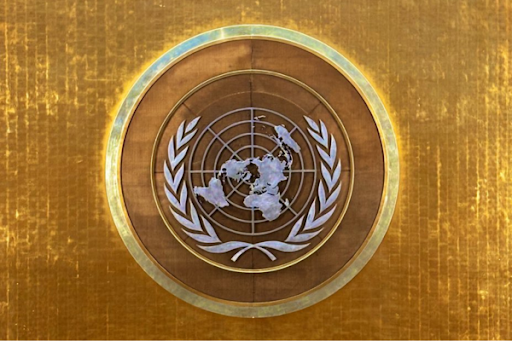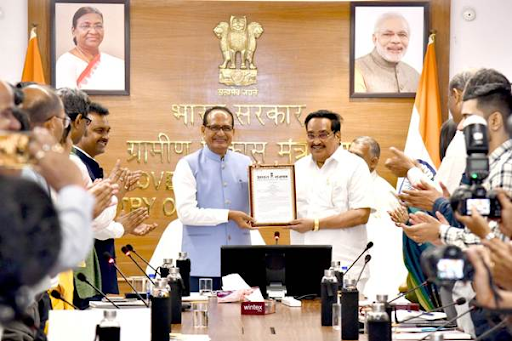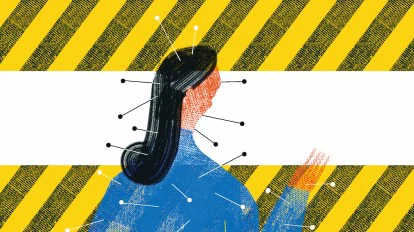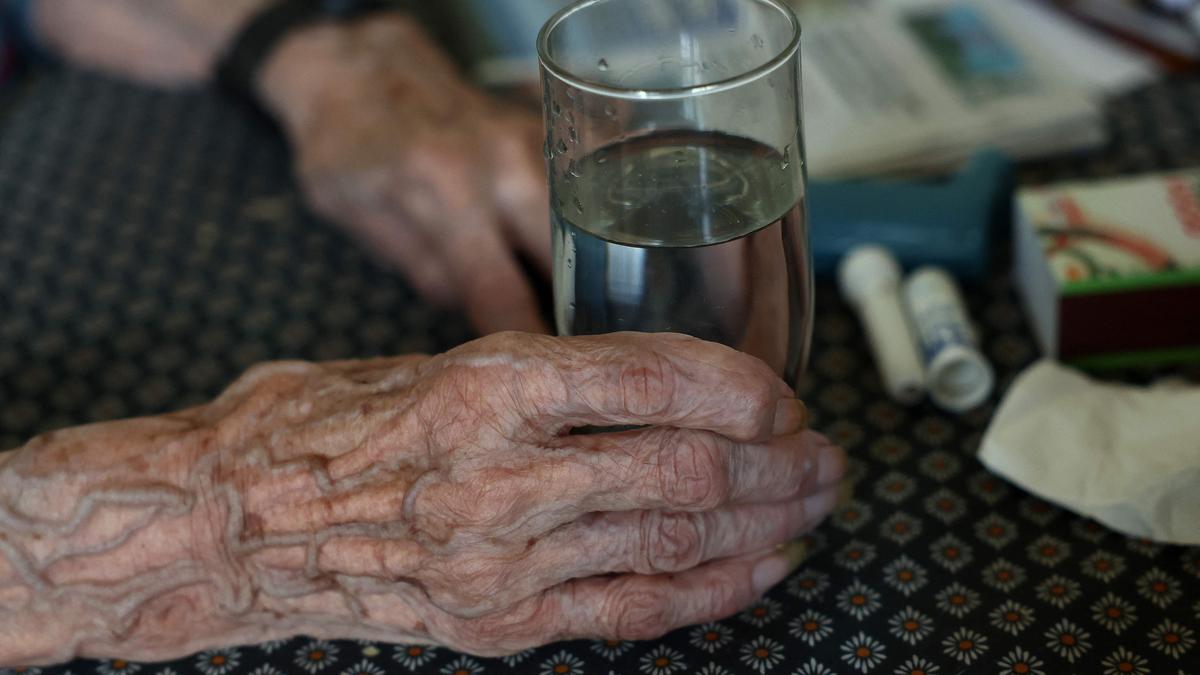Description
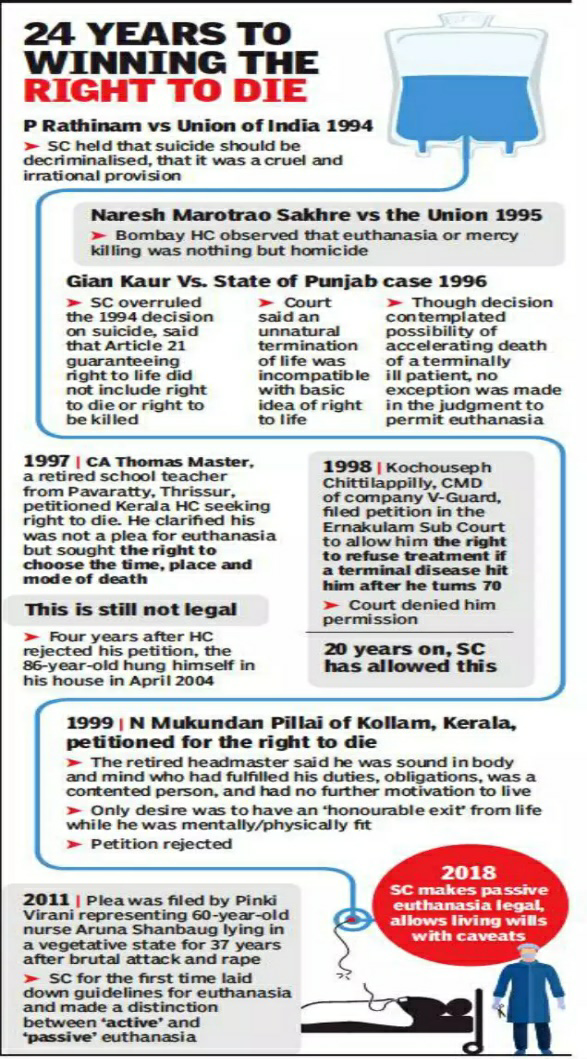
Figure 2: No Copyright Infringement Intended
Context:
- Recently, a man became the first person in Colombia to be euthanized without the prerequisite of suffering from a terminal illness.
About Euthanasia
- Mercy Killing: Also known as euthanasia is the painless act of death of a suffering person who would not survive if medical facilities were deprived of their help.
- Aruna Shanbaug case: This issue was raised by the Supreme Court (SC) and was finalized in 2018, granting the right to die with dignity as part of the right to life under Article 21.
- Currently, only passive euthanasia is permitted by the Supreme Court in India.
Types of Euthanasia: Euthanasia can also be divided into two types depending on the type of death.
Active euthanasia:
- Also known as "positive euthanasia" or "aggressive euthanasia." It refers to the deliberate killing of humans by direct It is a direct action taken to end a useless life and a meaningless being.
- Example: By administering a lethal dose of a drug, or by giving a lethal injection. Active euthanasia is usually a faster means of inducing death, and all forms of active euthanasia are illegal.
Passive Euthanasia:
- It is also known as `Negative Euthanasia` or `NonAggressive Euthanasia`.
- It is intentionally causing death by not providing essential, necessary and ordinary care or food and water.
- It implies discontinuing, withdrawing or removing artificial life support systems.
Court Observations:
Maruti Shripati Dubal case:
- In this case, the Bombay High Court ruled that "right to life" includes "right to die" and section 309 was deleted.
- The court in this case clearly stated that the right to die was not unnatural. It's just anomalous and anomalous.
- The court also mentioned in many cases that a person may want to end his life.
P.Ratinam Case:
- This is confirmed by the Supreme Court in the case of the.
Jean Cowl vs. Punjab
- Supreme Court ruled that the "right to life" guaranteed by Article 21 of the Constitution does not include the "right to die."
- The court clearly stated that in this case, Article 21 only guarantees the right to life and the freedom of the individual and may not include the right to die in any case.
- In India, like most other countries, euthanasia has no legal
Comment of Judges:
- Judge Roda, who distinguishes between euthanasia and suicide, said in the Naresh Malatra Sakhee v India Union: "Euthanasia is nothing more than a murder, regardless of the circumstances in which it takes
- If it is not explicitly accepted, it will not be punished.
- Indian criminal law also punishes not only promoting and aiding murder, but also promoting and aiding
Issues with Euthanasia:
- Medical ethics: Medical ethics requires care, concern, and healing, not a halt to the patient's life. In this era, medicine is advancing rapidly, making even the most incurable diseases of today curable. Therefore, doctors should encourage patients to live a painful life, rather than end their lives.
- Morally wrong: Living a life is morally and ethically wrong. It never undermines the value of life.
- Vulnerable people become more vulnerable: Groups representing people with disabilities can be seen as a burden to society, forcing such groups of vulnerable people to opt for euthanasia.
- Suicide vs. Euthanasia: If suicide is not allowed, then euthanasia should not be allowed either. People commit suicide when they are depressed and have no hope of life. The situation is similar when a person seeks euthanasia. However, such tendencies can be mitigated by taking proper care of such patients and showing hope to them.
- X-Factor: Miracles happen in our society, especially when it comes to life and death, there are examples of patients who get out of a coma years later, and we forget that human life is all about hope.
Significance
- End of Pain: Euthanasia provides a way to relieve an individual's intolerable extreme pain and suffering. It relieves the slow death of the end.
- Respecting one's choices: The essence of human life is to live a dignified life, and forcing one to live in a worthless way is against one's choices. In this way, it expresses the basic principle of human choice.
- Treatment to others: Many developing and developing countries, such as India, are underfunded. There is a shortage of hospital locations. This allows the energy from doctors and beds to be used by those who can save lives, rather than continuing the lives of those who want to die.
- Dignified Death: Article 21 of the Indian Constitution clearly stipulates a life of dignity. A person has the right to live a life with at least the lowest level of dignity, and when that standard falls below that minimum level, one should have the right to end one's life.
- Dealing with Mental Distress: The motivation behind this is to help, not harm. It not only relieves the patient's intolerable pain, but also relieves the patient's loved ones from mental distress.
Way Forward:
- Achieving peace with God and control of pain: It is about as important to patients and bereaved families.
- Wasted Treatment: This is a reasonable chance to do anything good other than prevent the patient from dying to relieve the pain of the family.
- Easier killings: At the same time, allowing voluntary euthanasia makes it easier for perpetrators to disguise themselves as aggressive voluntary euthanasias.






